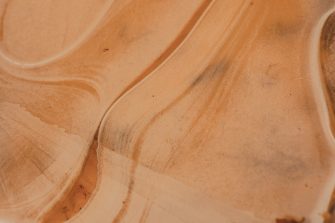
A joint research project between the Australian Nuclear Science and Technology Organisation (ANSTO) and the University of NSW (UNSW), we are enlisting “citizen scientists” to gather bird feathers from inland wetlands. Each feather will be analysed using nuclear techniques like mass spectrometry or high-resolution X-ray fluorescence to identify stable isotopes and minerals that are metabolised in the feathers after a bird’s meal.
Wetlands around Australia are under threat from reduced river flows and flooding, drought, climate change and land use changes. Wetlands are habitats that are critical for Australia’s waterbirds. They provide places for nesting, feeding and roosting. For many species of waterbirds, flooded wetlands are essential for nesting. Without floods and river flows many waterbirds don’t breed.
This project will collect information on which wetlands waterbirds use, how they use them and wetland health. This information is of great interest to water managers making decisions about environmental flows and water management issues, it’s also important for understanding the ecology and life cycles of waterbirds and waterbird populations. This information will be used to inform water and wetland managers about the importance of different wetlands in the lifecycles of waterbirds and to ensure that populations of Australia’s waterbirds are maintained or increased. This project is an Australian first and provides a new non-invasive method of tracking waterbirds without the need for capturing birds.
Check out the Interactive Feather Map.
For more information, contact Kate.Brandis@unsw.edu.au or visit http://feathermap.ansto.gov.au/.



